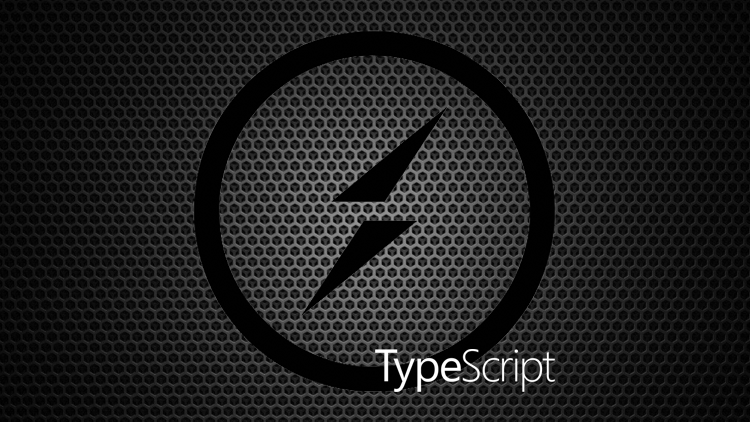Socket.IO in TypeScript
The tutorials in this documentation supplement my Socket.IO in TypeScript Courses on Udemy and YouTube
In this course you will learn how to use Socket.IO and TypeScript in order to create multiplayer real-time interactive content that runs in the browser and on the web.

|
* NEW STUDENT DISCOUNT * One Time Payment per Course * Full Lifetime Access * Certificate of Completion * 30 Day Money-Back Guarantee Click Here to Register at Udemy |
 |
* Access To All Of My Other Courses Included * Loyalty Badges * Cheapest Option * Cancel Subscription Any Time Click Here to Register at YouTube |
Socket.IO in TypeScript Introduction Video
Overview
Welcome to my course on Socket.IO and TypeScript!
In this comprehensive course, you'll master the use of Socket.IO and TypeScript to create real-time, bidirectional, and event-based communication between web clients and servers. This skill set is invaluable for developing chat applications, multiplayer games, live feeds, and real-time collaboration tools.
We'll kick things off by setting up a boilerplate project that includes both client and server components. This setup will also ensure that any development will automatically recompile and restart the server and client applications with the latest changes, helping to streamline the development process.
Next, we will learn all about the core concepts of communicating with Socket.IO from both client and server perspectives. You will gain a solid understanding of how to initiate and manage communications over sockets, which is essential for creating real-time interactive web applications.
We will explore various practical use cases for web sockets. For instance, you will learn to build a chat application, a collaborative painting tool, and integrate socket communications into Three.js. These examples will provide you with the knowledge needed to implement Socket.IO into a variety of applications, giving you the versatility to apply these skills into the future.
Following the practical examples, we will cover the deployment process of your applications. You will learn how to deploy to a live web server, configure a domain name, set up SSL for security, and ensure your web server correctly handles the web socket protocol.
By the end of the course, you will have built several types of Socket.IO applications and gained a comprehensive understanding of real-time interactive content in the browser.
So if you enjoy coding, you like seeing it work for yourself, you like to experiment, and have millions of ideas that you want to achieve, then this course is for you.
Thanks for taking part in my course, and I hope to see you there!































